In Japanese culture, few household items are as iconic and indispensable as the humble rice bowl known as chawan (茶碗).
Whether you're an avid collector or simply seeking a beautifully made bowl to elevate your dining experience, understanding the nuances of Japanese rice bowls can deepen your appreciation for this timeless tableware.

Types and Styles of Japanese Rice Bowls
Japanese rice bowls come in a variety of forms, each designed with intentionality and tradition in mind. While shapes, sizes, and glazes differ by region and purpose, a few common categories include:
- Everyday Chawan: These bowls are used by individual family members, each often having their own unique rice bowl to reflect personal taste or age. Smaller bowls are typically for children, while larger ones suit adult appetites.
- Donburi Bowls: Larger and deeper, these bowls are used for rice topped with hearty ingredients like tempura, beef, or sashimi.
- Yunomi-Inspired Bowls: Some modern interpretations draw inspiration from teacups, using smooth lines and minimalist finishes to create versatile tableware suited for rice, soup, or desserts.
Whether rustic or refined, traditional or contemporary, each bowl expresses the values of Japanese dining: mindfulness, harmony, and a deep respect for food.
Materials and Craftsmanship
Authentic Japanese rice bowls are typically handcrafted by skilled artisans using regional ceramic traditions. Common materials include:
- Ceramics: Mino ware, Shigaraki ware, and Mashiko ware are beloved for their earthy textures and expressive glazing techniques.
- Porcelain: Fine porcelain, such as Imari and Arita ware, features brighter finishes and intricate designs, often hand-painted in cobalt blue, red, and gold.
- Wood or Lacquer: While rare for rice bowls, some regions offer wooden or lacquered alternatives, ideal for formal occasions or soup-based dishes.
Each bowl is shaped with attention to balance light enough to hold comfortably in one hand, yet sturdy enough to last through years of daily use. This level of care reflects a deep-rooted tradition where form and function are inseparable from aesthetic expression.

Usage and Cultural Significance
The Japanese rice bowl holds symbolic weight in everyday life. It is the first dish presented at mealtimes and often the last item cleared. Holding the rice bowl in hand while eating is a sign of respect, and finishing every grain of rice signifies gratitude to both the cook and nature itself.
Families often assign a dedicated rice bowl to each person, reinforcing a sense of belonging and identity. This simple act reaching for “your” bowl each day connects generations and cultivates a daily ritual rooted in appreciation.
Buying and Collecting Japanese Rice Bowls
Whether shopping for a personal set or building a collection, there are several factors to consider when buying Japanese rice bowls:
- Size and Shape: Choose a size that fits comfortably in your hand and complements your meal portions. The foot of the bowl should feel stable and natural when resting on the table or in your palm.
- Aesthetic Preference: From rustic Oribe glazes to refined Kutani motifs, your choice of bowl can reflect your personality, values, or dining style.
- Authenticity and Origin: Prioritize artisan-made bowls crafted in Japan. They often carry a maker’s seal on the base and come with a story about the region or kiln.
Collectors may seek seasonal patterns, kiln-specific glazes, or collaborations with contemporary artists. At MyJapaneseWorld.com, our curated rice bowl selection celebrates the diversity of Japanese ceramic traditions from understated minimalism to ornate, hand-painted elegance.

Rice Bowl Accessories
To enhance your dining experience, consider accessories that pair beautifully with your rice bowl:
- Matching Dishware Sets: Coordinated plates, miso bowls, and sauce dishes complete a refined Japanese table setting.
- Chopsticks and Rests: Wooden chopsticks, especially those finished with natural lacquer, elevate both aesthetics and functionality. Rests prevent tips from touching the table surface.
- Lids or Covers: Though less common, some specialty bowls include fitted lids ideal for steamed rice or takeaway presentation.
Conclusion
Whether you’re preparing a quiet solo lunch or hosting a full-course Japanese dinner, the right bowl sets the tone for your experience.
Explore our handcrafted selection at MyJapaneseWorld.com and discover timeless pieces that blend everyday function with enduring artistry.


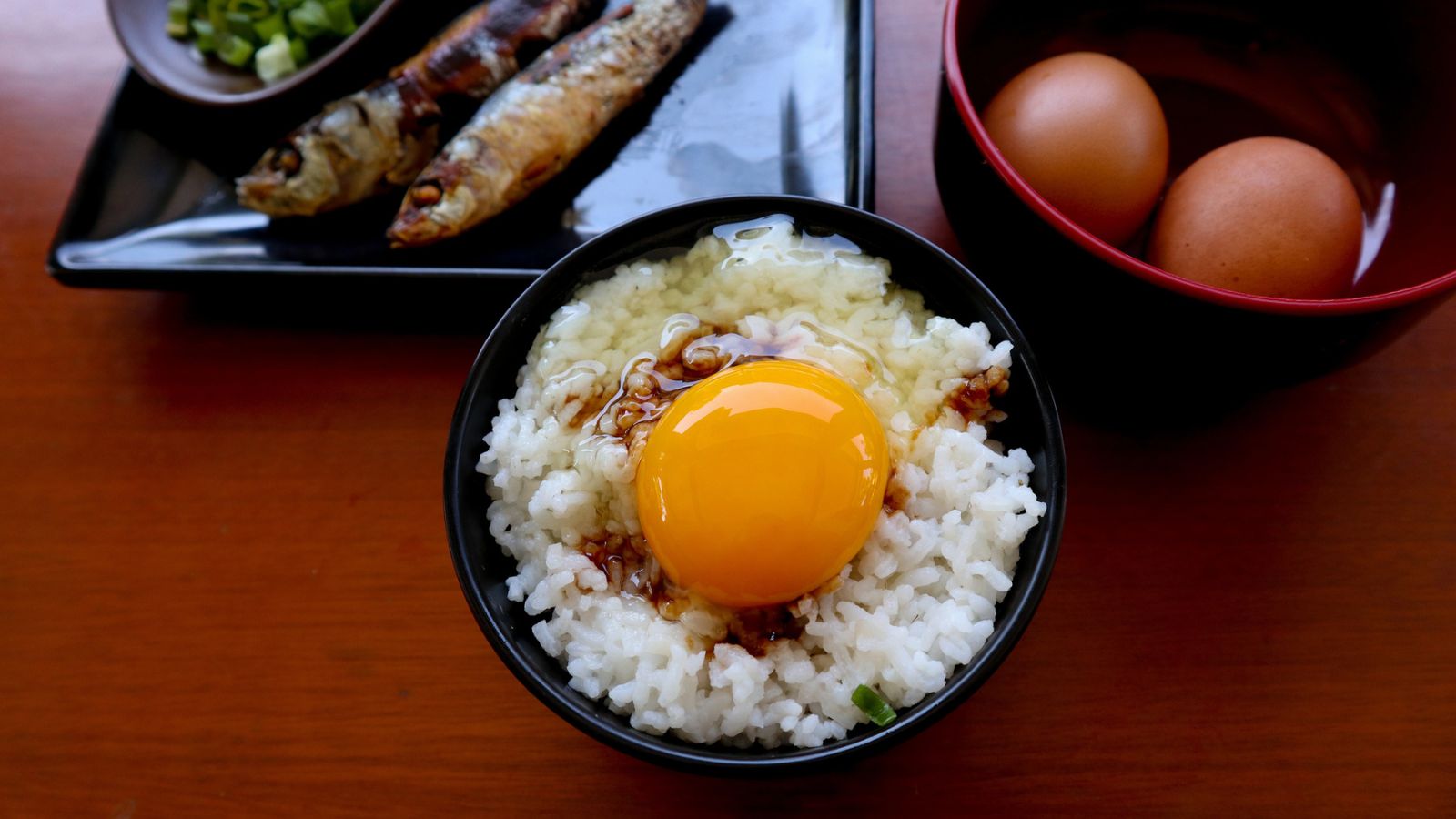
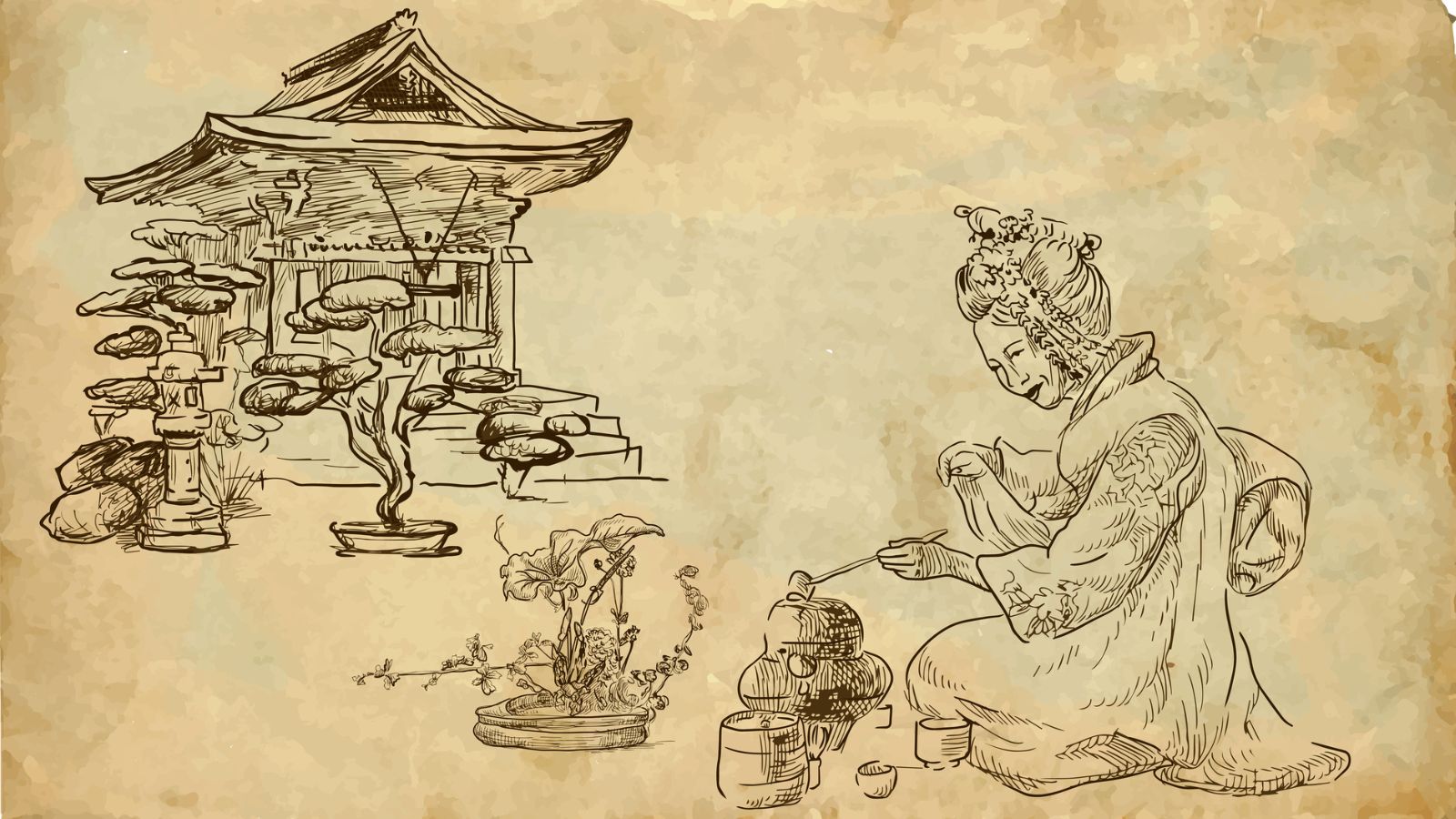
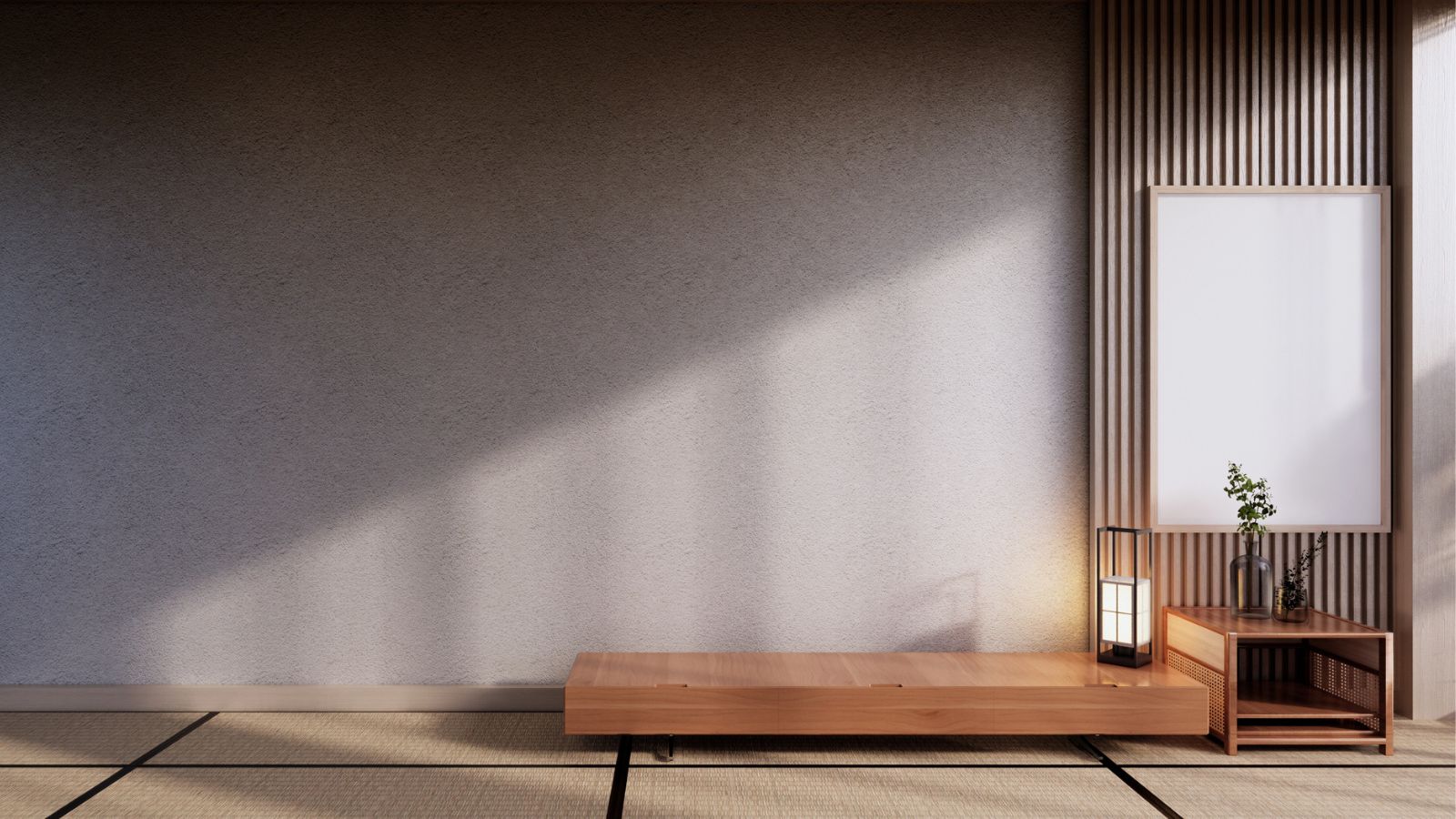

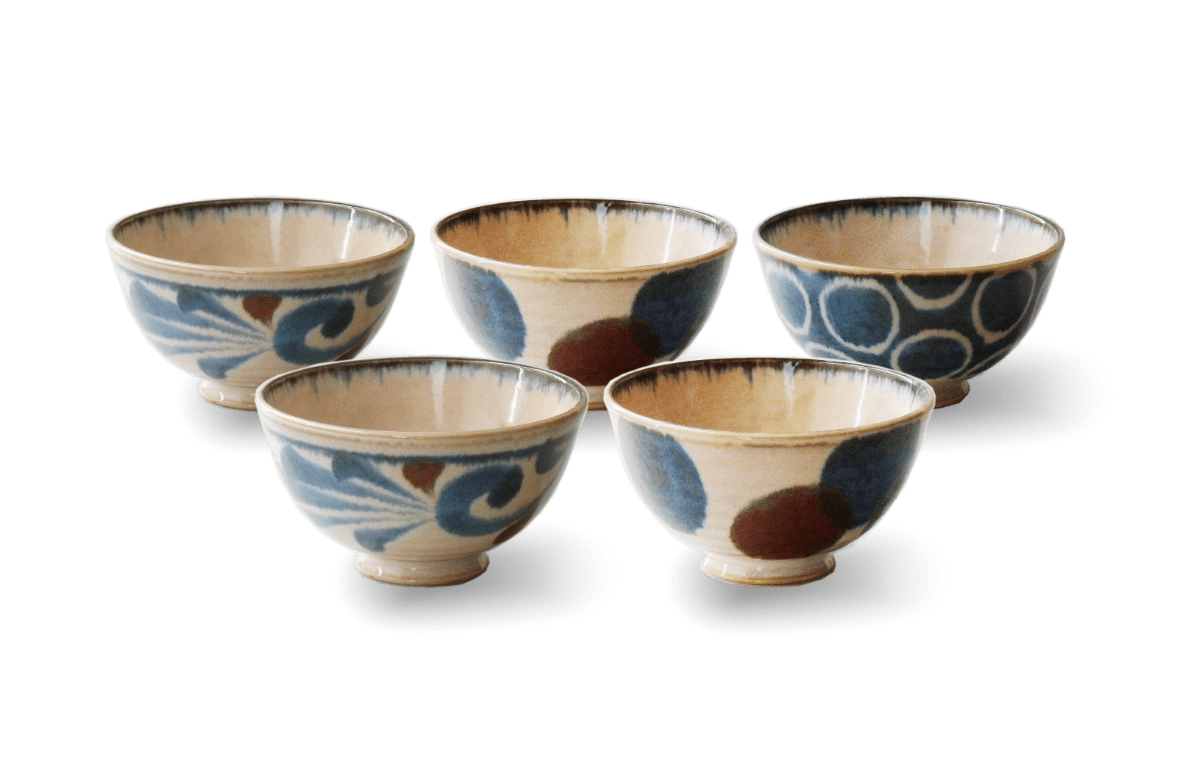
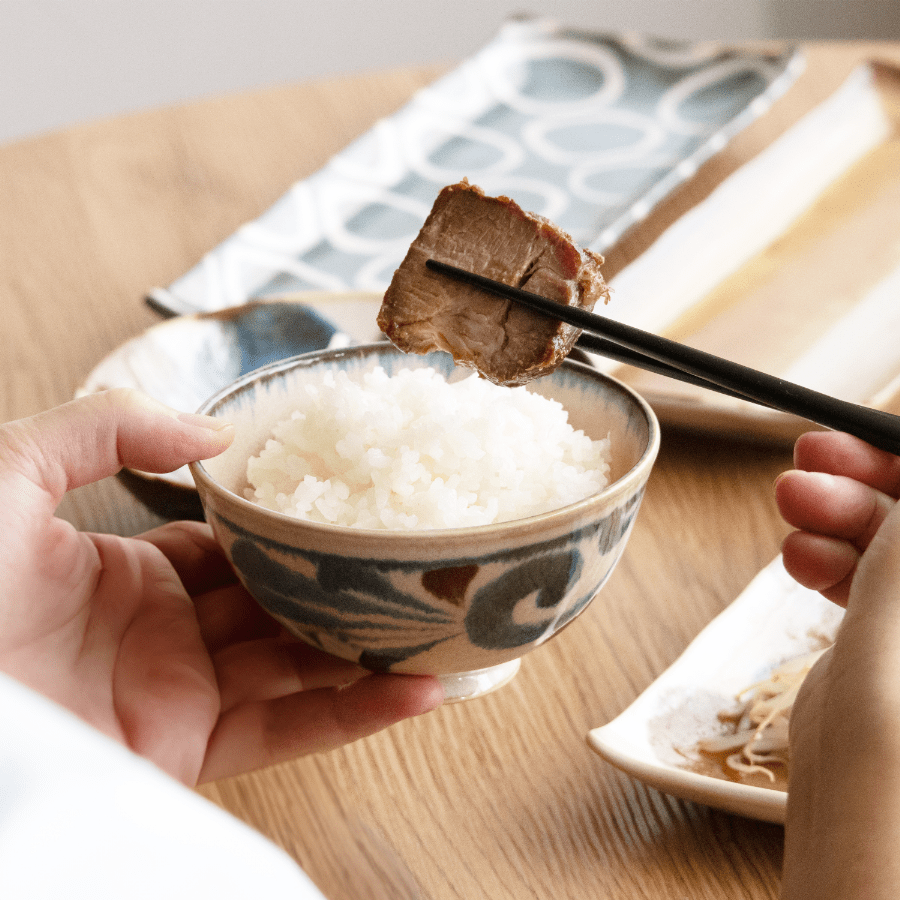
Share: